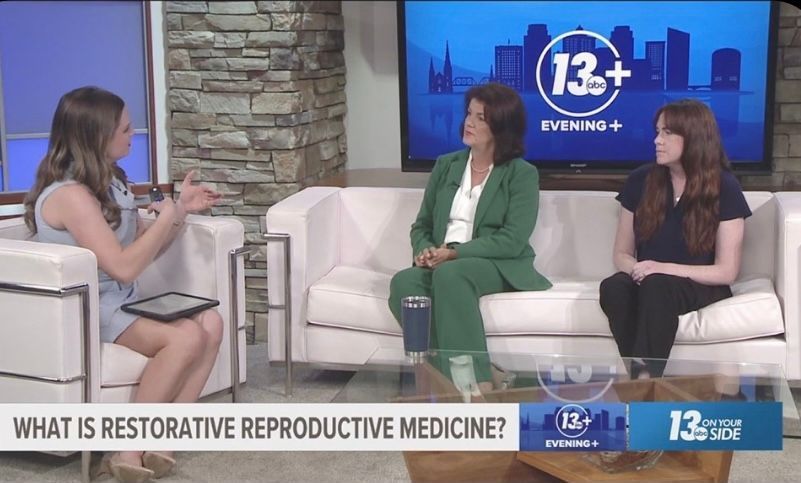February Is National Heart Health Month ♥
Cardiovascular disease (CVD) is the leading cause of death among women, killing 1 in 3 women worldwide and 1 in 4 in the US. Several risk factors for CVD are unique to women, and the risk of CVD increases markedly after ovarian function stops at menopause. Other risk factors for CVD–including genetics, lifestyle, and environmental conditions–should also be taken into consideration. While some risk factors cannot be changed, others can be altered through lifestyle changes or treatment of certain medical conditions. Frequently asked questions about heart health and how it relates specifically to women are highlighted below.
What Are The Risk Factors For Cvd?
- Age – As people age, their risk of CVD increases. Women see an increase in risk once they go through menopause.
- High blood pressure – Blood pressure is the force the heart uses to move blood through the blood vessels to the organs and tissues. When blood pressure is too high (a condition called hypertension), it can damage the vessel walls. Damaged areas provide an ideal place for plaque to form. High blood pressure is a key risk factor for CVD in women and is the most common risk factor for stroke. Women should have their blood pressure checked by a health care provider at least yearly and get treatment if it is high. Lifestyle changes as well as medications are used to treat high blood pressure.
- Abnormal triglyceride and cholesterol levels – Triglycerides are the most common form of fat in the body and provide energy to power the body’s activities. Cholesterol is a building block for cells and hormones. High-density lipoprotein (HDL or “good cholesterol”) helps prevent heart disease. It picks up cholesterol in the bloodstream and takes it to the liver where it is broken down. Low-density lipoprotein (LDL or “bad cholesterol”) can collect in the walls of blood vessels. Too much LDL in the walls of the arteries can trigger a response by the body’s immune system called inflammation. Inflammation can lead to a buildup of plaque in the arteries and eventually to atherosclerosis (hardening and narrowing of the arteries, putting blood flow at risk). Women who are at increased risk of heart disease should have their cholesterol measured periodically.
- Diabetes mellitus – Diabetes causes high levels of glucose in the blood. Health problems, including CVD, can arise if blood glucose levels are not controlled. Risk factors for type 2 diabetes include being overweight or obese, history of polycystic ovaries or gestational diabetes, lack of exercise, strong family history of diabetes, and a higher-than-normal level of glucose in the blood (a condition called prediabetes).
- Lifestyle factors – Smoking, lack of exercise, and being overweight are risk factors for CVD.
What Are The Risk Factors For Cvd That Are Unique To Women?
Several risk factors for CVD are unique to women throughout their reproductive lives and include the following:
- Gestational hypertension (including preeclampsia) – Having high blood pressure during pregnancy increases the risk of having CVD and high blood pressure later in life. The risk of serious blood pressure-related complications with a future pregnancy also is increased.
- Gestational diabetes – Diabetes that first appears during pregnancy increases the risk of developing diabetes and CVD after pregnancy. Women who have had gestational diabetes should be tested for diabetes 6–12 weeks after childbirth and then every 3 years or more frequently if they are prediabetic.
- Polycystic ovary syndrome (PCOS) – PCOS is a leading cause of infertility that can affect all areas of the body, not just the reproductive system. Having PCOS increases the risk of diabetes and may increase the risk of CVD. Women with PCOS should be screened for diabetes at least every 3 years.
- Certain autoimmune disorders – Diseases such as lupus or rheumatoid arthritis, which are more common in women, are associated with an increased risk of CVD. Screening for CVD is recommended for women with these disorders.
- Hormonal birth control methods – Combined hormonal birth control methods contain both estrogen and progestin. They include the birth control pill, patch, and vaginal ring. Women using these methods have a small increased risk of stroke compared with non-users. This risk is higher for women 35 and older who smoke; women with additional risk factors for stroke, such as high blood pressure; and women who have migraine headaches with aura. These methods are not recommended for women with these risk factors.
- Hormone therapy for menopause – Combined hormone therapy (estrogen and progestin) is linked to a small increased risk of heart attack. For this reason, combined hormone therapy should not be used solely to protect against heart disease. Both combined hormone therapy and estrogen-only therapy are associated with a small increased risk of stroke.
It is important to note that generally estrogen does a lot of good for your cardiovascular system. It can:
- Decrease LDL (bad) cholesterol
- Increase HDL (good) cholesterol
- Dilate blood vessels
- Protect against blood vessel injury
- Prevent plaque from building up in arteries
- Aid the formation of new blood vessels
Evidence shows that estrogen may play a protective role in young women. Premenopausal women rarely develop coronary artery disease. And, after menopause, your risk for heart disease increases dramatically. That’s because your heart becomes quite vulnerable when your ovaries stop making estrogen, especially if you have other heart disease risk factors, such as diabetes, smoking and obesity. This is why it is not recommended that women have their ovaries removed prior to 50 years old unless medically necessary.
However, giving women prescribed hormone replacement therapy has not been shown to be helpful to prevent these changes once women go through menopause. In fact, in some women this could actually be harmful. It is important to have an individualized conversation with your health care provider about the benefits and risks of hormone replacement.
How Can I Lower My Risk Of Cvd?
While the use of HRT and its ability to reduce CVD risk in menopausal women many still be controversial, there are some conclusive ways to reduce your risk of heart disease during and after menopause. They will likely sound familiar as they are good advice for anyone at any age!
- Don’t smoke. Smokers have more than twice the risk of a heart attack than nonsmokers. Even one to two cigarettes a day greatly increase the risk of heart attack, stroke, and other cardiovascular conditions. Nonsmokers who are constantly exposed to secondhand smoke also have an increased risk.
- Treat and manage medical conditions. If you have diabetes, high cholesterol, or high blood pressure, you are at a higher risk for heart disease. Work with your doctor to keep these conditions under control.
- Maintain a healthy body weight. The more you weigh, the harder your heart has to work to give your body nutrients. Research has shown that being overweight contributes to the onset of heart disease.
- Exercise throughout the week. The heart is like any other muscle — it needs a workout to stay strong. Exercising helps improve how well the heart pumps blood through your body. Try to do at least moderate exercise for at least 150 minutes per week.
- Eat a heart-healthy diet. Enjoy plenty of plant-based foods, such as fruit, vegetables, nuts, and whole grains. Limit trans fat (partially hydrogenated fats) and refined sugar. Omega-3 fatty acids are good fats and come from tuna, salmon, flaxseed, almonds, and walnuts. Monounsaturated fats also are good for you and are found in olive and peanut oils.
- Schedule regular appointments with your healthcare provider. All women need to have yearly annual exams (preventive visits) to discuss your individual risks with your health care provider and do any recommended screenings. If you are at risk of CVD, or even if you are not, lifestyle changes usually are recommended first. If lifestyle changes alone are not enough, or if you are at high risk of CVD, your doctor or other health care professional may suggest medications to treat high blood pressure or lower your cholesterol levels.
________________________
At Reply we do preventive visits that can help you understand your risk of CVD, and offer health coaching for patients who are exploring lifestyle modifications to treat risk factors for CVD. If you wish to schedule an appointment with one of our providers, please contact us at
919.230.2100.
Portions of this post have been excerpted from The American College of Obstetricians and Gynecologists (ACOG). and from the Cleveland Clinic’s speakingofwomenshealth.com.











